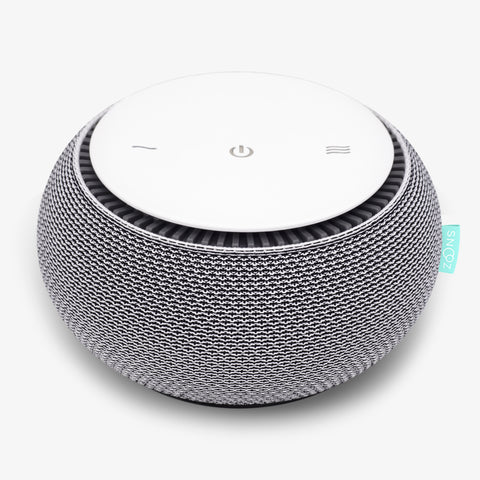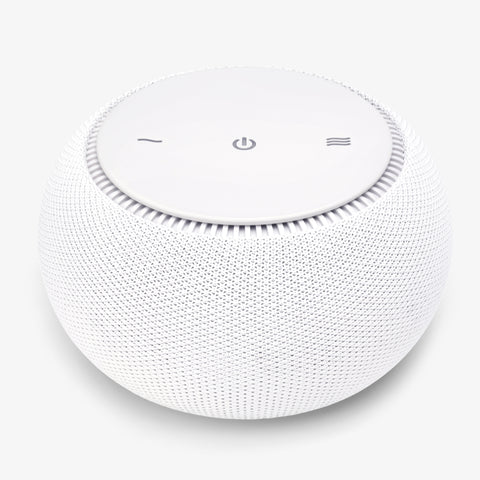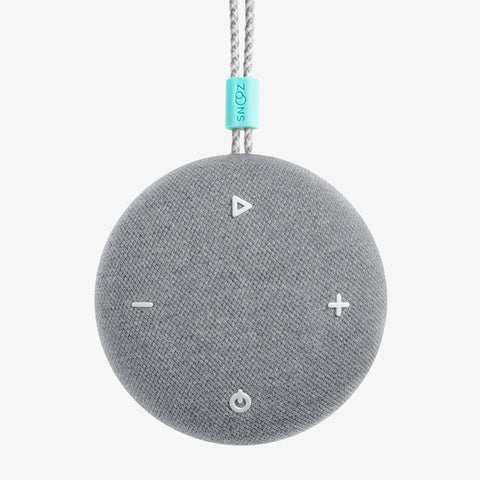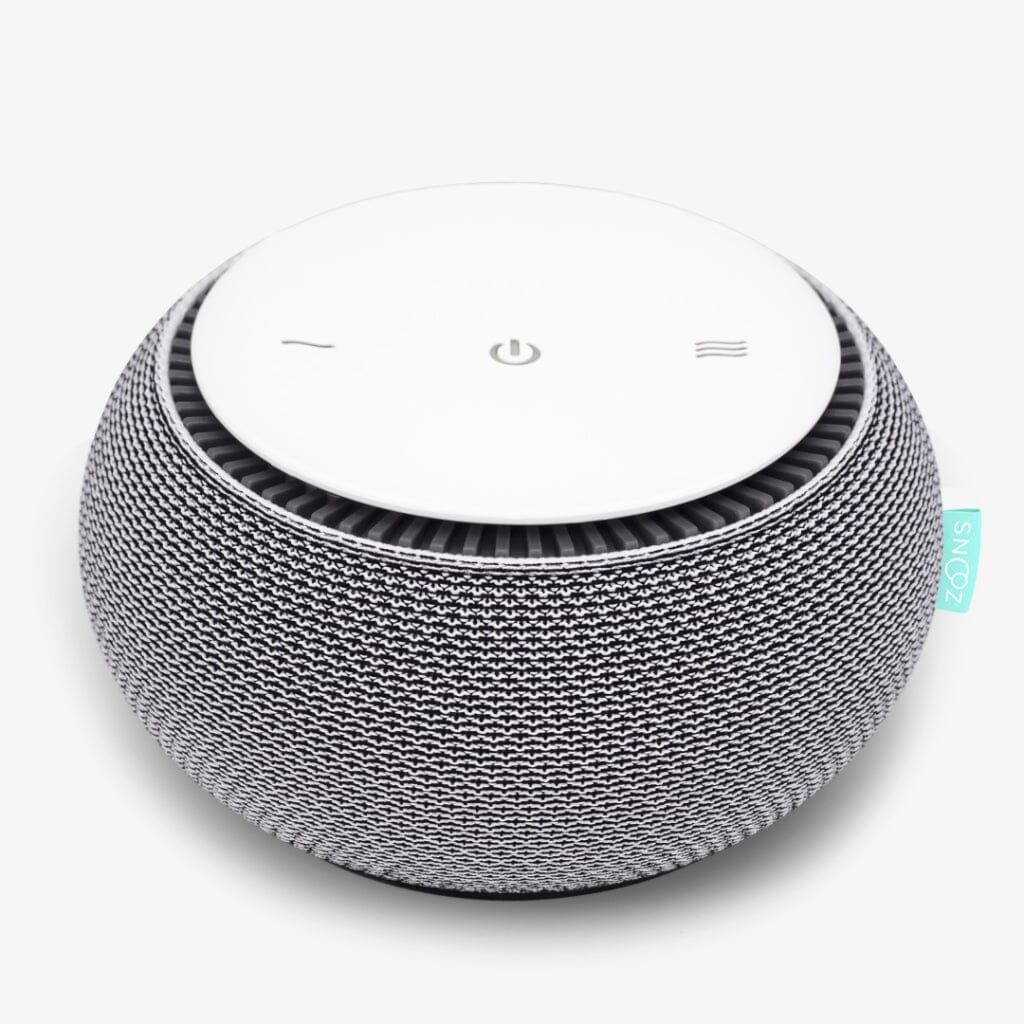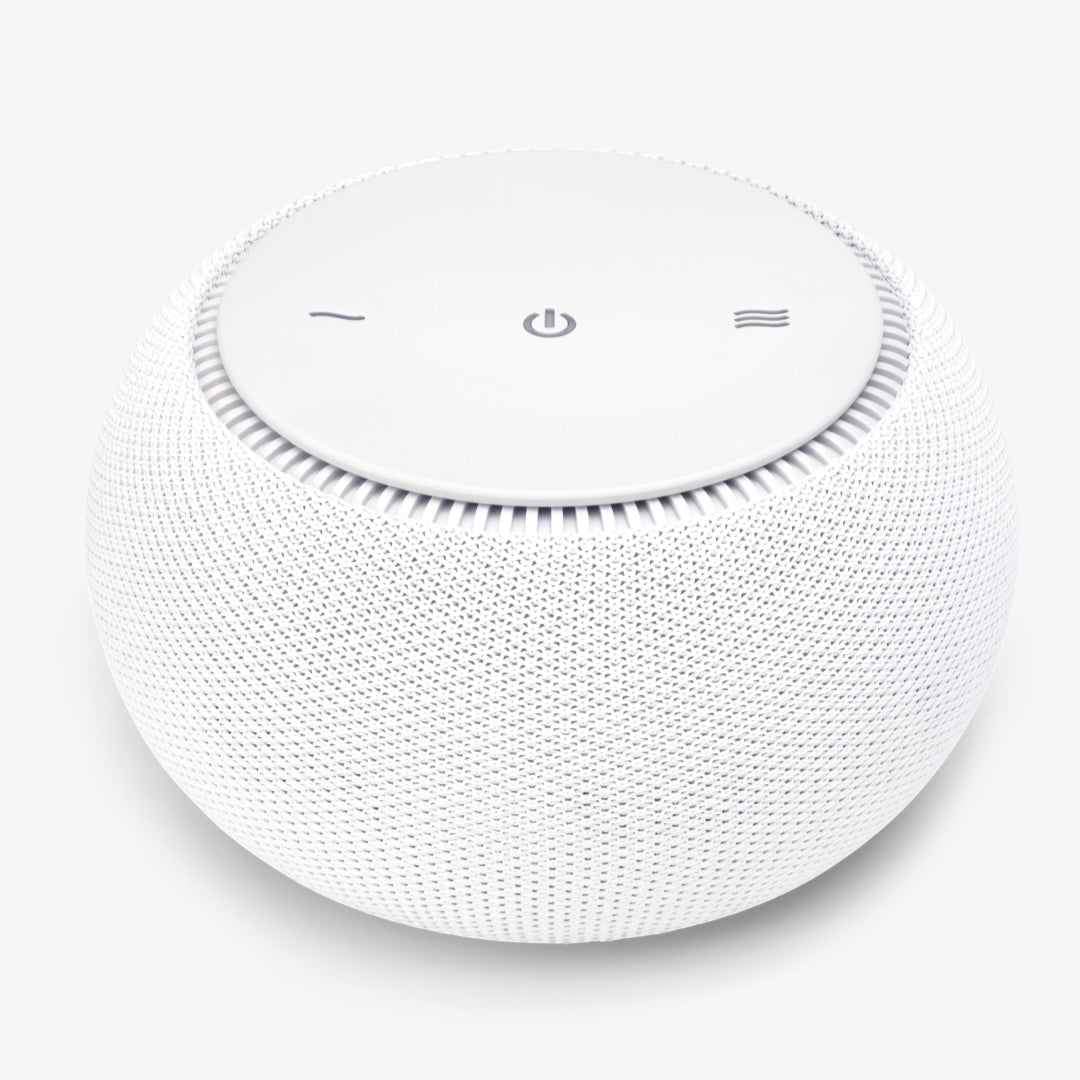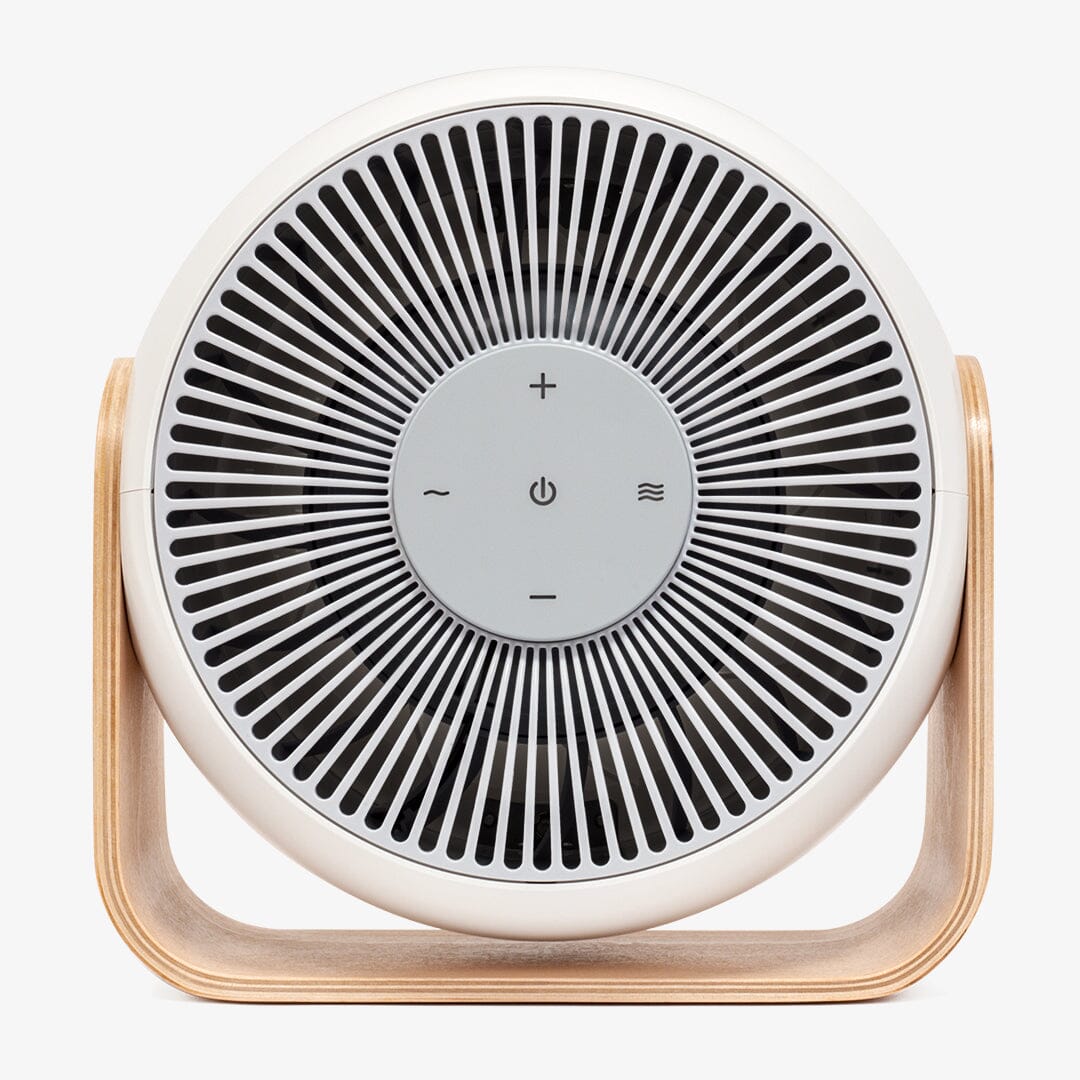White noise has gained popularity in recent years as a potential solution for individuals with sensory issues. But does it really work? In this blog post, we will explore the science behind white noise and its impact on sensory issues.
What is White Noise?
White noise is a type of noise that contains all frequencies in equal amounts. It is often described as a "hissing" or "static" sound. White noise machines or apps produce this sound, which can be played at various volumes.
How Does White Noise Work?
White noise works by masking or covering up other sounds in the environment. It creates a consistent background noise that can help individuals with sensory issues by reducing the impact of sudden or unexpected sounds.
Does White Noise Help with Sensory Issues?
Research suggests that white noise can be beneficial for individuals with sensory issues. It can help create a more predictable and soothing environment, reducing anxiety and improving focus. White noise can also help individuals with sensory processing disorders by providing a constant and familiar background sound.
Scientific Evidence
A study published in the Journal of Child Neurology found that white noise can improve sleep quality and reduce nighttime awakenings in children with sensory processing disorders. Another study published in the Journal of Occupational Therapy in Mental Health showed that white noise can help individuals with autism spectrum disorder by reducing sensory overload and improving attention.
How to Use White Noise
If you or someone you know has sensory issues and wants to try white noise, here are some tips:
- Choose a white noise machine or app that allows you to adjust the volume.
- Place the white noise machine or device in the bedroom or any other environment where sensory issues are experienced.
- Start with a low volume and gradually increase it to a comfortable level.
- Use white noise consistently, especially during activities that tend to trigger sensory issues.
Conclusion
While white noise may not be a cure-all for sensory issues, it can be a helpful tool in managing and reducing the impact of sensory overload. It is important to consult with a healthcare professional or therapist to determine if white noise is suitable for your specific situation.
Remember, everyone's sensory needs are unique, and what works for one person may not work for another. However, with its potential benefits and minimal risks, white noise is definitely worth considering as part of a comprehensive sensory management plan.

